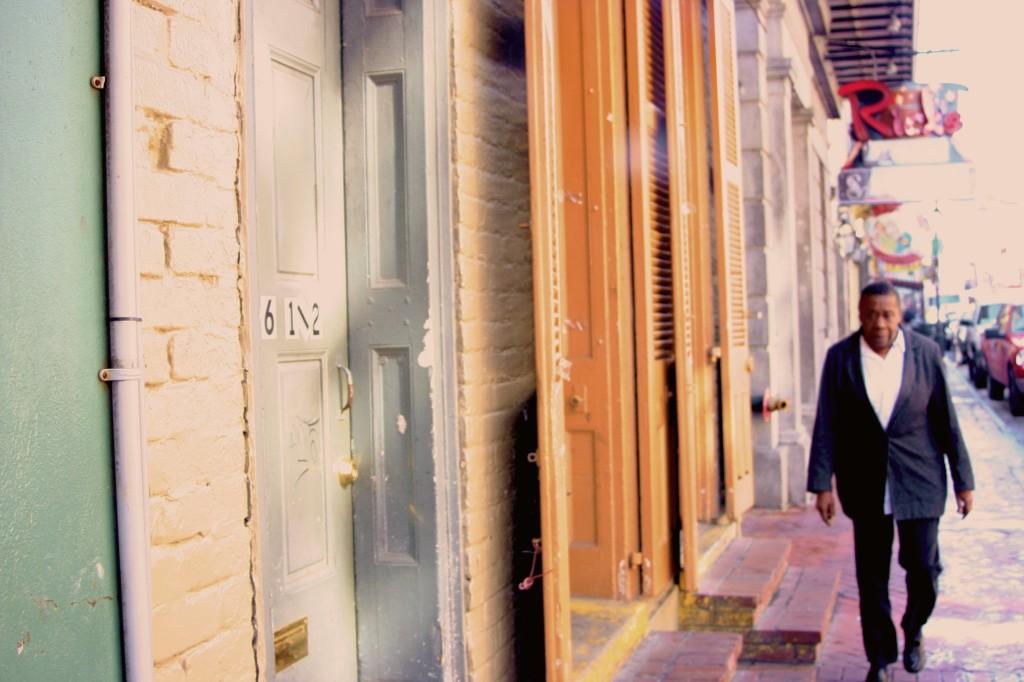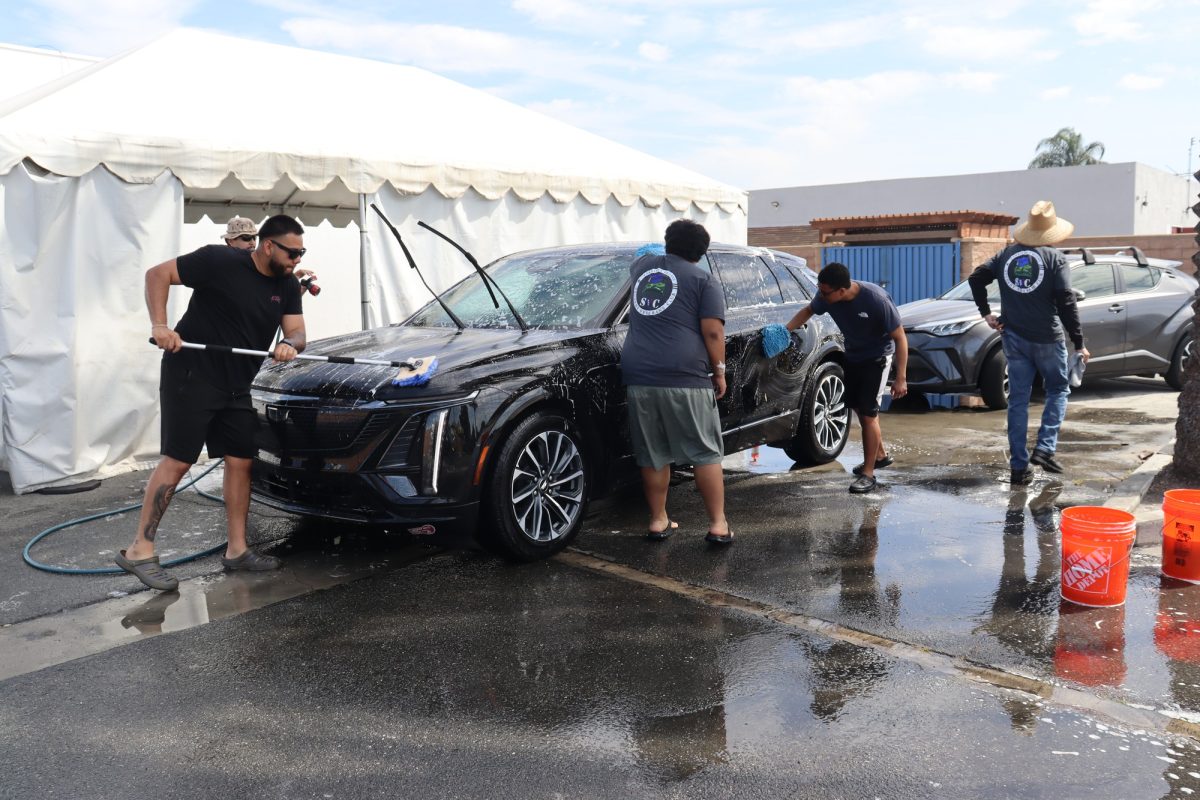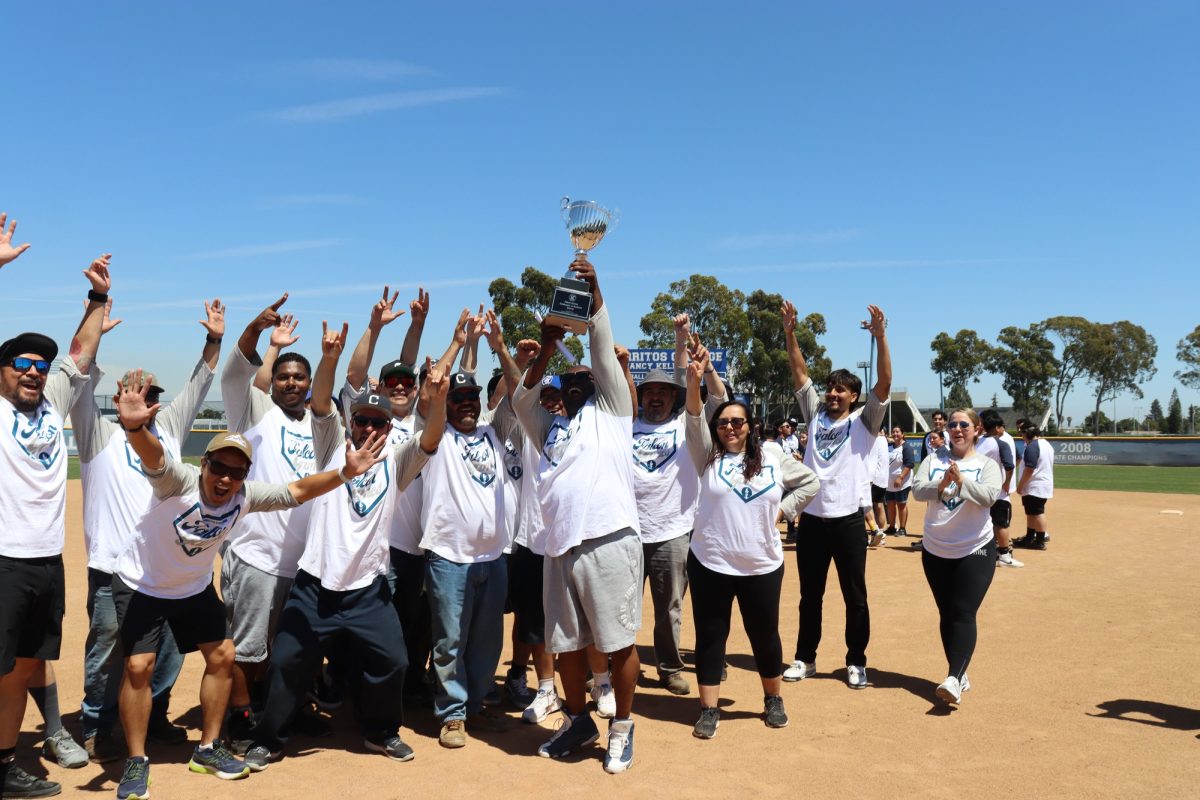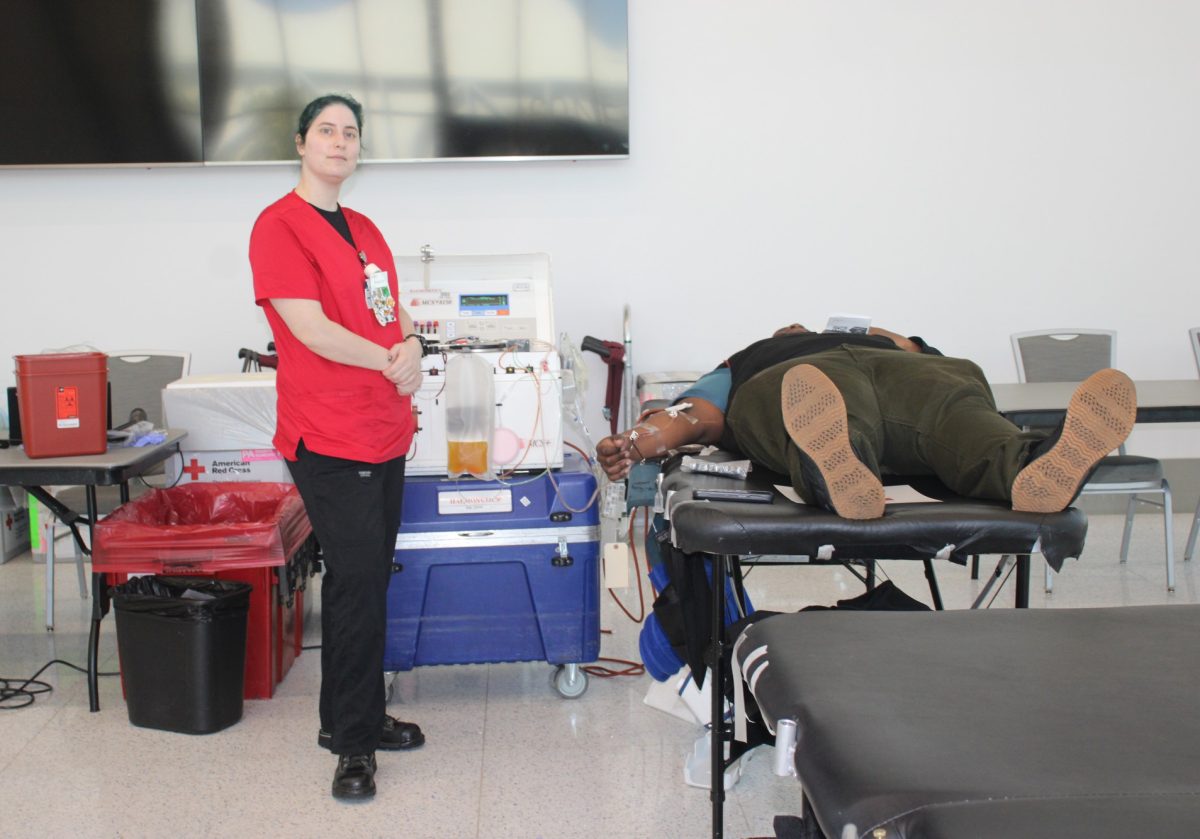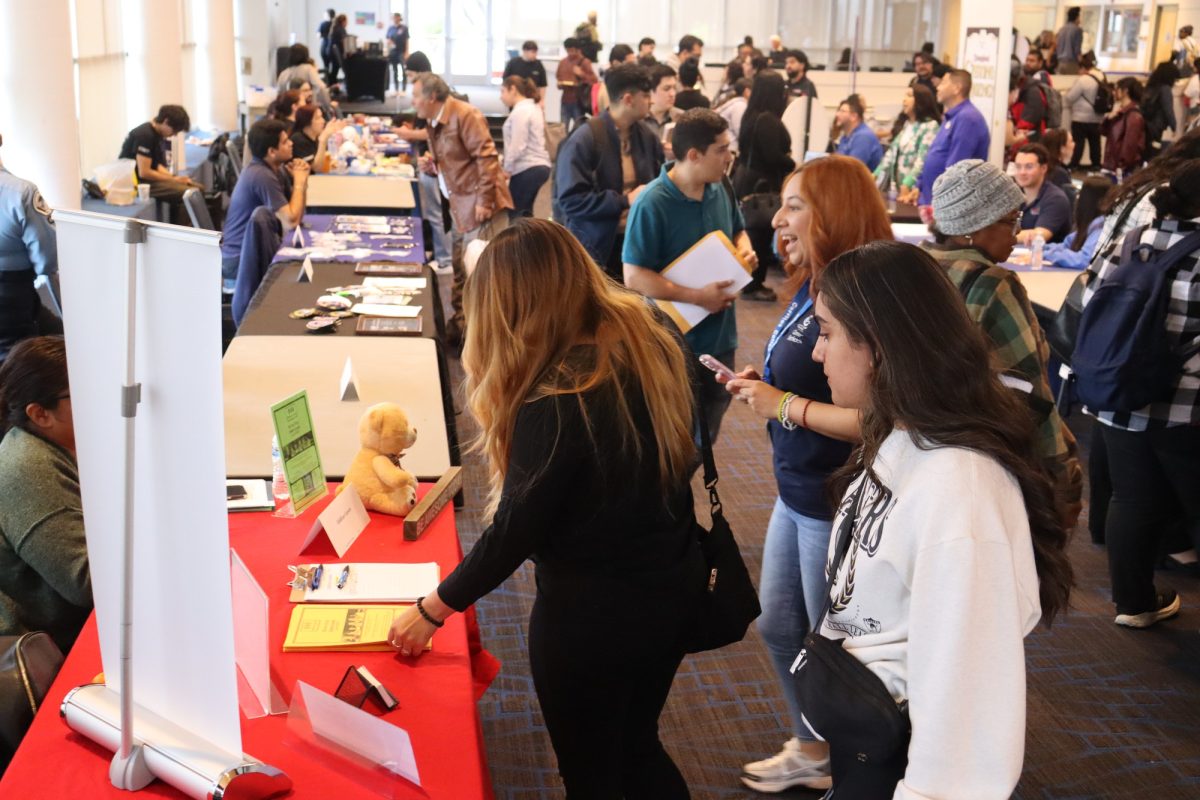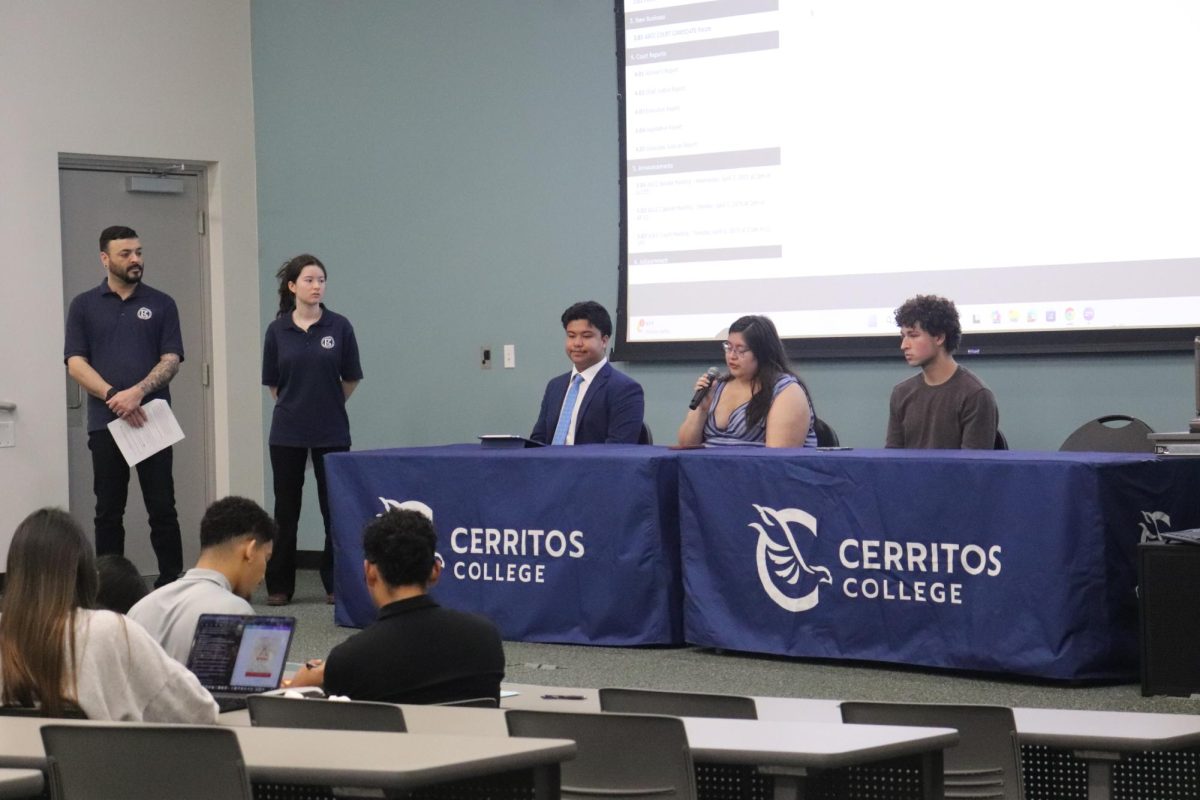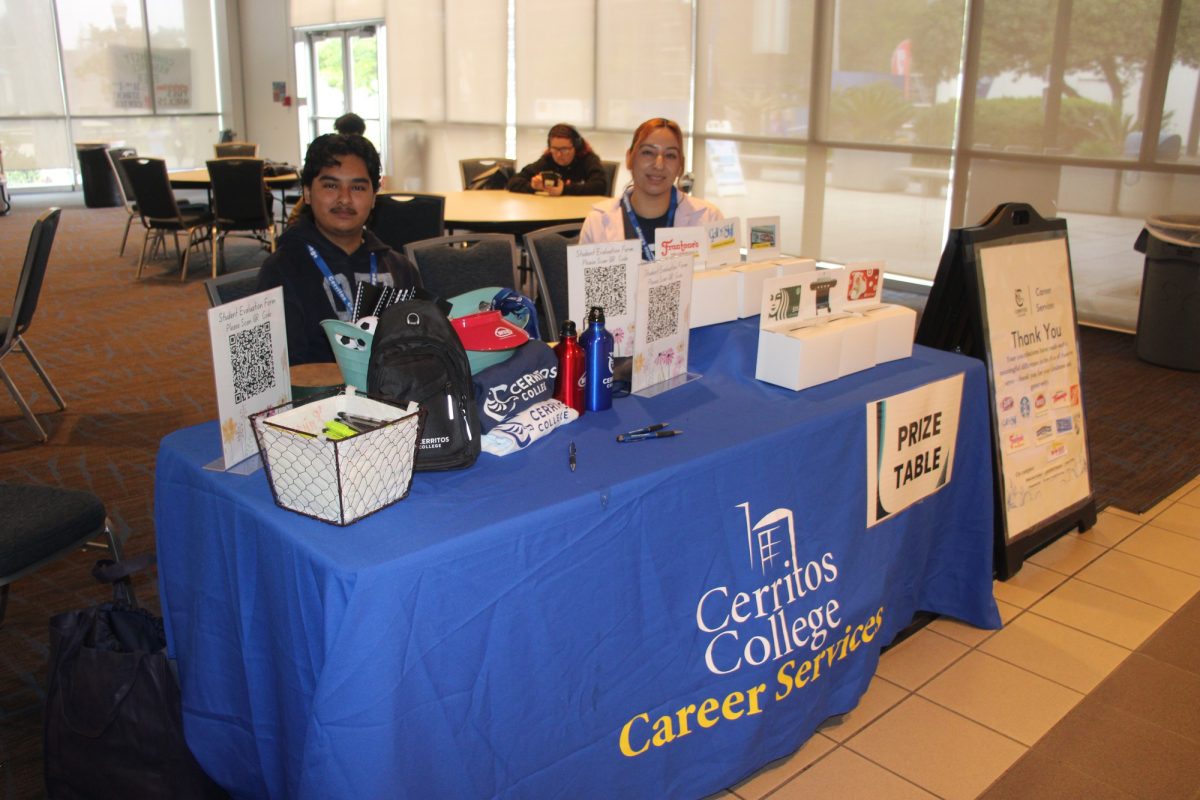“I’m too young to retire, but I’m too old to get hired, I had to come back.”
Before Hurricane Katrina Taxi driver Thomas Hudson had a pledge: to be prompt, dependable and offer courteous service. After Hurricane Katrina, Hudson had a different agenda, picking up the pieces to a 42-year career and finding a place to call home.
“I left New Orleans with a pair of jeans, a shirt and a pair of boots. I didn’t realize I would come back to even less,” said Hudson.
In 2005 New Orleans suffered 53 levee breaches that flooded an area so large you could fit seven Manhattan Islands inside it. Most of the city was covered in 15 feet of water and according to the Louisianna Department of Health, 1,464 people died.
Hudson took refuge in Leak City, Texas, about 40 miles south of Houston. Coming back two months after the Hurricane, he found his house completely empty.
“I lost everything,” he said.
“I was working with FEMA out there, some of the images I was seeing on TV just broke my heart, I’ve been working out here for 42 years, this was my home, my friends and my city.”
While Hudson came back to the city in November 2005,it was not until May 2006 that he was able to live in the city with any sense of normality with over 80 percent of the city still flooded.
“There was no work out here, I went back to Texas, hopefully to pick up some shifts, but it’s a struggle when you are my age, nobody thinks you can work anymore,” said Hudson.
While the unemployment rate climbed, many in New Orleans had trouble with employment before Katrina. In 2004, the city’s unemployment rate jumped over twice the national rate, according to the Urban Institute research of record.
After Katrina, the city’s unemployment rate jumped to 13 percent. Many attribute this to many people not coming back. Less then one-third of residents were even receiving mail.
“Til’ this day I still don’t know what happened to some of my friends. I guess, I won’t ever find out,” said Hudson.
Nearly five years later, and countless relief efforts to get the city not only back on track, but also in a better place then pre Katrina New Orleans are encompasing the Crescent City. Tim Barfield, executive director of the Louisiana Workforce Commission, believes things are looking up for the city.
“Our state as a whole has been outperforming the nation for some time. Big parts of our state are among the best places in the country to find work,” Barfield said.
The New Orleans-Metairie-Kenner area had the lowest unemployment rate in March among the nation’s largest metro areas, according to the U.S. Labor Department posting just a 5.3 percent unemployment rate.
While new disasters in Haiti and Chile generate new relief funds, New Orleans has become a forgotten disaster.
Joey Maher, a lifelong resident of New Orleans said, “I think the city has a lot of issues to deal with but, we’re getting there, slowly but surely, we will get there.”
Maher, who isint a stranger to hurricaines, lived through hurricane Betsy in 1965, which was a category four storm.
“This was suprising, when I heard that a category three was coming (Katrina) I didn’t think much of it, but as soon as the levees buckled, the city broke. We all thought the work that U.S army did after the Betsy would hold up.” Maher said.
“I remember a couple days before I asked my kid neighbor, Tony, if I could ride his skateboard, some of the things those kids do on skateboards is amazing. Well I asked him if I could try, I didn’t have enough nerve to get on with two feet. When I did, sure enough I fell. He helped me up, and said, “I told you it wasn’t a good idea Mr. Joey,” and went inside.”
“I never saw him or his family again,” Maher said.
The people of New Orleans post Katrina story can be percieved like Mahers skateboard story, when taking a spill, it works best when someone gets back up and tries again.
Story continues below advertisement


